Inventions are often born out of necessity. For female inventors, this means creating products and devices that make their lives easier and solve common problems they face. The world of invention is often dominated by men, but that doesn’t mean there haven’t been some amazing women inventors over the years. Many women have invented things that have made a significant impact on society, but their stories are often left out of history books. Here are ten of our favorites.
10- Stephanie Kwolek
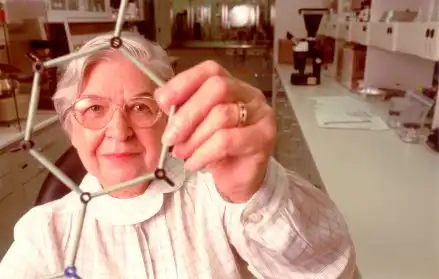
Stephanie Kwolek, a chemist who worked for DuPont, is best known for inventing Kevlar, a synthetic fiber that is five times stronger than steel. Kevlar is used in everything from bulletproof vests to tires, and has saved countless lives. Kwolek was born in 1923 and died in 2014.
Kwolek first became interested in chemistry while in high school, and she earned a degree in chemistry from the Carnegie Institute of Technology in 1945. After working as a research chemist for a number of years, she invented Kevlar while working on a project to create a lightweight fiber that could be used in tires. Kevlar was first used in tires in the early 1970s, and it was eventually incorporated into a variety of products, including bulletproof vests.
Kwolek was inducted into the National Inventors Hall of Fame in 1994, and she received the National Medal of Technology from President Bill Clinton in 1996. She is the only woman to have received both honors.
9- Hedy Lamarr
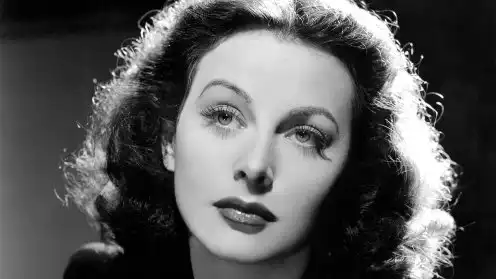
Hedy Lamarr was born Hedwig Eva Maria Kiesler in Vienna, Austria, in 1914. An accomplished actress and singer, she starred in a number of Hollywood films in the 1930s and 1940s. However, she is perhaps best known for her pioneering work in wireless communications.
In the early 1940s, Lamarr and her friend, composer George Antheil, developed a system for frequency-hopping spread spectrum communication. This system could be used to create a secure communications channel that was resistant to jamming and interception. Their work was initially dismissed by the U.S. military, but it would later prove to be a valuable innovation in the development of modern wireless communications.
Lamarr’s other contributions to science and technology include the development of a tablet that could be used to dissolve urinary stones and the design of a torpedo guidance system. She was also one of the first people to propose the use of frequency modulation for television broadcasting. Hedy Lamarr was a true pioneer in the field of wireless communications, and her work continues to influence the development of modern technology.
8- Grace Hopper

Grace Murray Hopper was born in 1906 in New York City. She was a mathematician and computer scientist who developed the first compiler for a computer programming language. She also helped to develop the first computer language, COBOL. Hopper was also one of the first programmers of the Harvard Mark I computer.
Hopper was born in a time when women were not typically seen as computer scientists or mathematicians. She was one of the pioneers in her field and was able to break through the barriers that prevented women from pursuing these careers.
Hopper was awarded many honors for her work in computer science, including the National Medal of Technology, the Legion of Honour, and the Presidential Medal of Freedom. She was also inducted into the National Inventors Hall of Fame. Grace Hopper died in 1992, but her legacy continues to influence computer science and programming. Her work has helped to make computers more accessible and easier to use, and she has shown that women can be successful in computer science careers.
7- Ada Lovelace
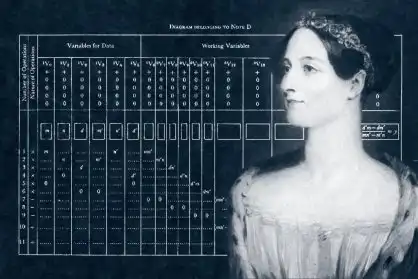
Photo Credit: Lookfar
Ada Lovelace is considered the first computer programmer for her work on Charles Babbage’s Analytical Engine. Lovelace was also the daughter of the famous poet Lord Byron. She was introduced to mathematics and science at an early age by her mother and tutors.
In 1842, Lovelace met Charles Babbage, who was working on his Analytical Engine, a machine that could theoretically be used to solve any mathematical problem. Lovelace was fascinated by the machine and decided to study it more closely. She soon began working with Babbage on the project, and in 1843, she published a paper on the Analytical Engine. In her paper, Lovelace outlined how the machine could be used to calculate Bernoulli numbers. She also wrote the first computer program, which was a recipe for calculating the sequence of Bernoulli numbers.
Although the Analytical Engine was never completed, Lovelace’s paper helped to establish the importance of computers and programming. Her work also inspired other computer scientists.
6- Nancy Jhonson
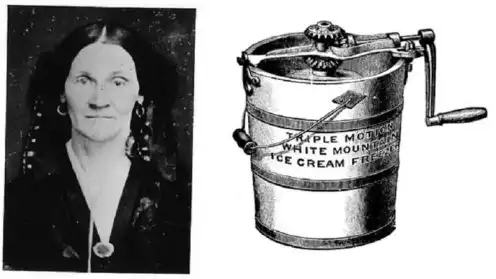
Nancy Johnson is one of the most renowned inventors of all time. She is most well known for inventing the first American-made ice cream freezer, but she has over 100 patents to her name.
Born in 1765, Nancy Johnson was one of the first women to be awarded a patent in the United States. She was a prolific inventor, and her inventions include the sewing machine, a stove, and a fan.
But it was her invention of the ice cream freezer that made her the most famous. Prior to her invention, ice cream was made by hand, and it was a very labor-intensive process. Johnson’s freezer made the process much easier, and it quickly became popular across the United States. Today, Nancy Johnson is considered one of the most important inventors in American history. She paved the way for other women inventors, and she helped to make America a leader in innovation and technology.
5- Ann Tsukamoto

Ann Tsukamoto is an inventor and stem cell biologist who has made significant contributions to the field of stem cell research.Her work has helped to improve our understanding of how stem cells function, and has paved the way for new and innovative treatments for diseases such as cancer.
Tsukamoto was born in Japan in 1951. After completing her undergraduate studies at the University of Tokyo, she moved to the United States to pursue a PhD at the University of California, Berkeley. It was here that she began her work on stem cells, and in 1982 she became the first person to isolate human embryonic stem cells.
Since then, Tsukamoto has continued to make groundbreaking discoveries in the field of stem cell research. In particular, she has focused on the role of stem cells in cancer and has developed new methods for using stem cells to treat the disease.Her work has been recognized with numerous awards, including the Japan Prize, the Lasker-DeBakey Clinical Medical Research Award, and the Gairdner Foundation International Award.
4- Maria Telkes
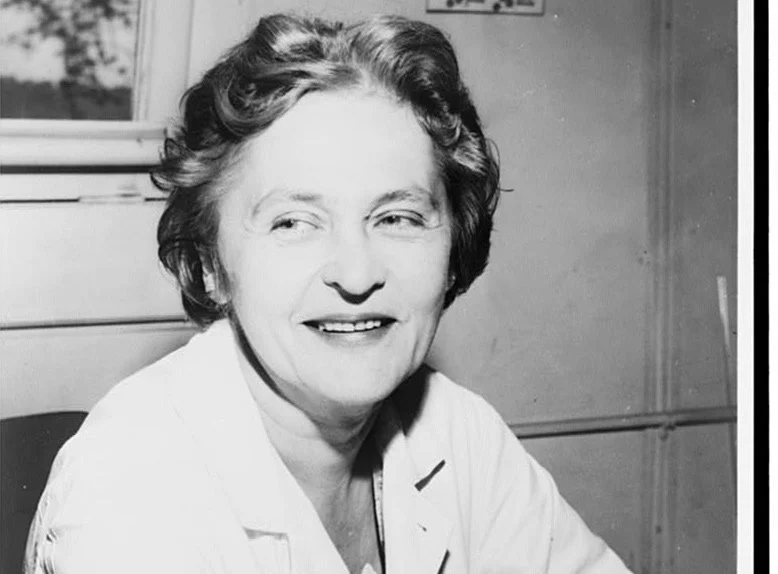
Maria Telkes was born in Hungary in 1900. She studied at the University of Geneva and earned her Ph.D. in physics in 1926. Telkes moved to the United States in 1937 and began working for the Massachusetts Institute of Technology (MIT). There, she developed the first solar-powered heating system.
Telkes is best known for her invention of the first solar-powered home. In 1947, she and her partner, architect Eleanor Raymond, built a home in Dover, Massachusetts, that used solar energy to heat and cool the house. The home was the first in the world to use both solar heating and cooling. Telkes also developed the first solar-powered refrigerator. She created a solar-powered oven that could reach temperatures of up to 350 degrees Celsius. And she invented a solar-powered water heater that could be used to heat water for baths, showers, and laundry.
Telkes’ work with solar energy has helped to make solar energy a more viable option for homes and businesses. Her inventions have been used in homes and businesses all over the world, and she has been recognized for her work with numerous awards, including the prestigious Franklin Institute’s Benjamin Franklin Medal.
3- Maria Beasley
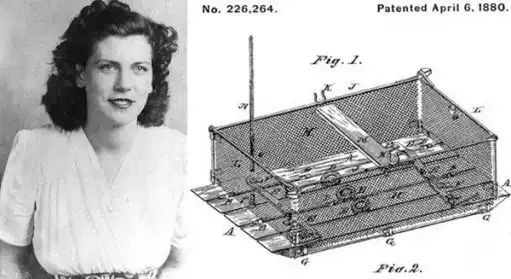
There is no doubt that the life raft is an incredibly important invention and one that has saved countless lives over the years. But who was the genius behind this life-saving technology? That would be Maria Beasley, an American inventor who is credited with creating the first modern life raft.
Born in 1847, Beasley showed a talent for invention from a young age. She began developing her life raft design while still in college, and after completing her studies, she set about making her invention a reality.The first life rafts were made from canvas and inflated with air, and they quickly proved to be a lifesaver for sailors and passengers who found themselves in trouble at sea.
Beasley’s life rafts were soon in high demand, and she went on to sell them all over the world. She continued to improve her design over the years, and her life rafts remained the gold standard for many years. Thanks to Maria Beasley’s ingenuity, the life raft is one of the most important inventions in history, and has saved countless lives over the years.
2- Dr. Shirley Jackson

Dr. Shirley Jackson is an inventor who is widely known for her work in telecommunications. She is the co-inventor of the fiber optic cable, and also developed the technology used in caller ID and call waiting.
Born in 1944 in Washington, D.C., Jackson earned her undergraduate degree in electrical engineering from MIT in 1966. She then went on to earn her PhD in the same subject from the University of California, Berkeley in 1972.
Jackson began her career as a research scientist at Bell Laboratories in 1972. There, she worked on developing new telecommunications technologies. In 1975, she co-invented the fiber optic cable, which transmits data using light instead of electricity. This invention has had a major impact on the telecommunications industry, and has helped make the internet what it is today.
1- Marie Curie

Marie Curie was a physicist and chemist who is best known for her work on radioactivity. She was the first woman to win a Nobel Prize, and the only woman to win it twice. Curie also founded the field of radiology.
Born in Poland in 1867, Curie was homeschooled by her father. She later studied at the Sorbonne in Paris, where she met her husband Pierre. The two of them worked together on research into radioactivity, and in 1903 they won the Nobel Prize in Physics for their work. After Pierre’s death in 1906, Curie continued her work on radioactivity. She founded the field of radiology and developed the technique of radiation therapy to treat cancer. Curie died in 1934 from aplastic anemia, a side effect of her long-term exposure to radiation.
Despite her many accomplishments, Curie was not always recognized for her work. She was often dismissed as a woman, and her achievements were often overshadowed by her husband’s. However, Curie’s legacy is now firmly established, and she is considered one of the most important scientists of all time.


